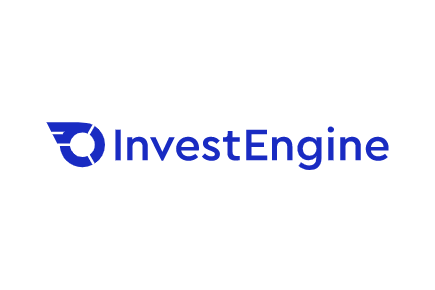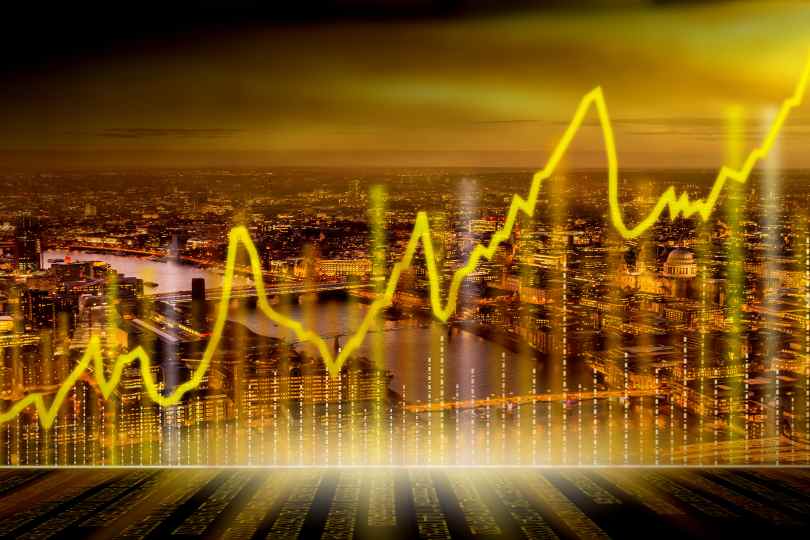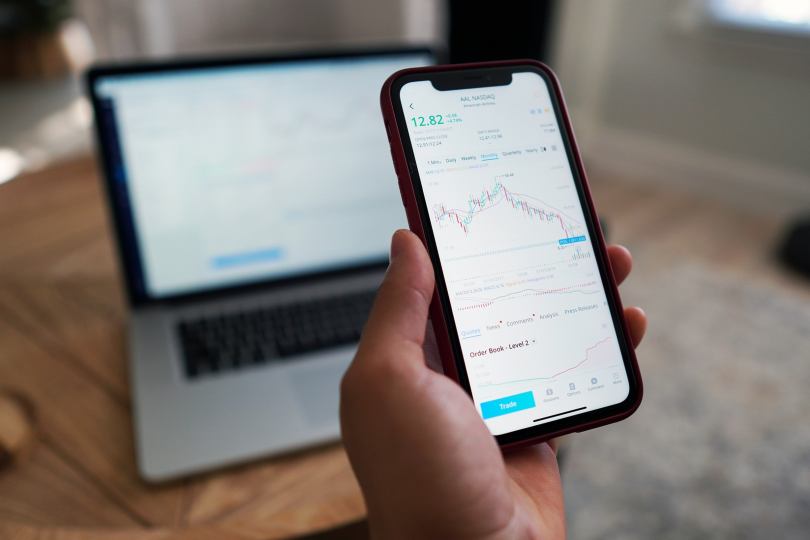What is an Exchange-Traded Fund (ETF)?
An exchange-traded fund (ETF) is a combined ‘basket’ of securities. Within the basket, you might find stocks, bonds, commodities or a mix of the above. Because ETFs are traded on the exchanges, each ETF basket has a unique ticker.
At its core, ETFs are a vehicle for buying and selling assets in a single transaction rather than making multiple purchases or sales and paying the individual fees.
My key takeaways
- ETFs are a type of investment fund and exchange-traded product that are bought and sold on stock exchanges.
- ETFs are similar to mutual funds but differ in that they are traded throughout the day and have an arbitrage mechanism designed to keep them trading close to their net asset value.
- Most ETFs are index funds and hold the same securities in the same proportions as a certain stock market index or bond market index.
- ETFs can be attractive investments due to their low costs, tax efficiency, and tradability.
ETFs have a fund provider or owner, who owns the assets, designs the fund, and sells shares in the fund. Investors can buy a share of the fund in the same way they might buy shares of a company (i.e., through a broker). Like stocks, the ETF is traded throughout the day and has different prices.
Unlike stocks, however, when you invest in an ETF, you own a portion of that ETF, but you don’t own the underlying assets.
Trusted partner

Capital at risk. T&Cs apply.
Most economical ETFs
- User friendly app
- Excellent customer service
- 0.25% for managed portfolios
Useful ETF guides
How Do ETFs Work?
An ETF is traded on the stock exchange just as a stock is. However, their addition to the market is not through an initial public offering. Instead, they use a creation/redemption process that creates a continuous process for ETF shares.
Let’s walk through it:
You want to put money into an ETF, so you place an order with your brokerage account and your broker buys the shares from an investor who is selling. You then have shares of the ETF in your account: it’s the same option as buying stock.
Your ETF fund manager, however, isn’t involved in the process. They won’t necessarily even notice. The shares don’t change value, they just transfer.
To get an ETF on the market, it needs to be initiated by a specific group of investors, typically large broker/dealers, with authorisation to create and redeem new ETF shares. The group, who are known as the “authorized participants,” can then create new shares in conjunction with the ETF manager.
Authorised participants have responsibilities that are above and beyond what’s expected of mutual fund investors. When an ETF manager publishes the daily list of securities it wants to place in the fund (the daily creation basket), the AP must go into the market to buy stocks at the right percentages to create the new shares. The basket of securities are delivered to the ETF manager, who then exchanges them for equal value in shares of the ETF (hence, investors never hold the assets).
These blocks of transactions are “creation units” that amount to 50,000 shares (with some exceptions).
The same thing can happen in the reverse if the AP wants to sell a block of ETF shares back.
Why is this so important? The creation/redemption process keeps the price settled in close range around the net asset value (NAV), which is the value of each share’s portion of the underlying assets at the end of trading. It’s what makes ETFs transparent and somewhat predictable.
The History of ETFs
In the 1990s, ETFs came about as a way to invest in index funds but without requiring active management.
ETFs are an increasingly popular way to invest, both for individuals and institutions. However, they’re still in their infancy compared to stocks and bonds. They’re even young compared to the concept of index investing as a whole. Even mutual funds date back to 1975.
Active management was out of reach for the general public, and tools like mutual funds were and remain limited to those with the resources to invest significant amounts at once without the need to touch it again.
Passive management became a new obsession because it could unlock billions in investments from people otherwise locked out of the market.
Guide to ETFs Summary
ETFs are a relatively new investment vehicle that offer investors of all types unique benefits not found in traditional funds or in individual assets and equities. The craze surrounding ETFs comes from the transparency with which they operate, the lower costs they generate, and the flexibility they offer.
Although passive investing is a low-maintenance style of training, choosing the right ETF isn’t as simple as throwing a dart and selecting whatever product it lands on. You still need to find an ETF that matches your goals, and a huge part of that process involves demands choosing the right index.
Ultimately, ETFs open up the global markets to single investors in ways that will inevitably improve your portfolio, whether you’ve been trading for years or you’re just getting started. Remember that ETFs give you access not only to British markets but to US, European, Asian, and emerging markets, too. So it’s worth asking your current broker about what ETFs are available and which of those products will suit your portfolio as it stands now.




